Bog Rosemary (Andromeda polifolia), also known as Marsh Andromeda, is a small, evergreen shrub belonging to the Ericaceae family. Native to the northern, subarctic regions of Europe, Asia, and North America, this perennial plant thrives in bogs and peat-accumulating areas. Despite its superficial resemblance to culinary rosemary, Bog Rosemary is not botanically related.
This species, polifolia, contains a toxic compound known as andromedotoxin, making it a plant to handle with care. Its natural habitat and distinctive characteristics make it a fascinating choice for specialized gardening in wetland areas.
| Common name | Bog Rosemary, Marsh Andromeda |
| Botanical name | Andromeda polifolia |
| Family | Ericaceae |
| Species | polifolia |
| Origin | Northern (sub Arctic) Europe, Asia, and North America |
| Life cycle | Woody |
| Plant type | Perennial |
| Hardiness zone | 2, 3, 4, 5, 6 |
| Sunlight | Dappled Sunlight |
| Maintenance | Low |
| Soil condition | Loam |
| Soil ph | Acid |
| Drainage | Poorly Drained |
| Growth rate | Slow |
| Spacing | 12 in. – 3 ft. |
| Flowering period | Summer |
| Flower color | Pink |
| Leaf color | Blue |
| Fruit color | Brown, Copper |
| Stem color | Brown, Copper |
| Fruit type | Capsule |
| Flower benefit | Showy |
| Garden style | Pollinator Garden |
| Uses | Pond |
I. Appearance and Characteristics
Andromeda polifolia, common name bog-rosemary, is a species of flowering plant in the heath family Ericaceae, native to northern parts of the Northern Hemisphere. It is the only member of the genus Andromeda, and is only found in bogs in cold peat-accumulating areas. Andromeda glaucophylla is a synonym of A. polifolia var. latifolia.
The genus was named by Carl Linnaeus who observed it during his 1732 expedition to Lapland and compared the plant to Andromeda from Greek mythology. The specific epithet is a noun in apposition, which Linnaeus based on Johann Christian Buxbaum’s pre-Linnaean generic designation Polifolia.
Buxbaum in turn derived the name from Johann Bauhin, who used it to mean “having polium-like leaves”. The precise plant that Bauhin meant by polium is uncertain, but it may have been Teucrium montanum. The common name “bog rosemary” derives from the superficial resemblance of the leaves to those of rosemary, which is not closely related.
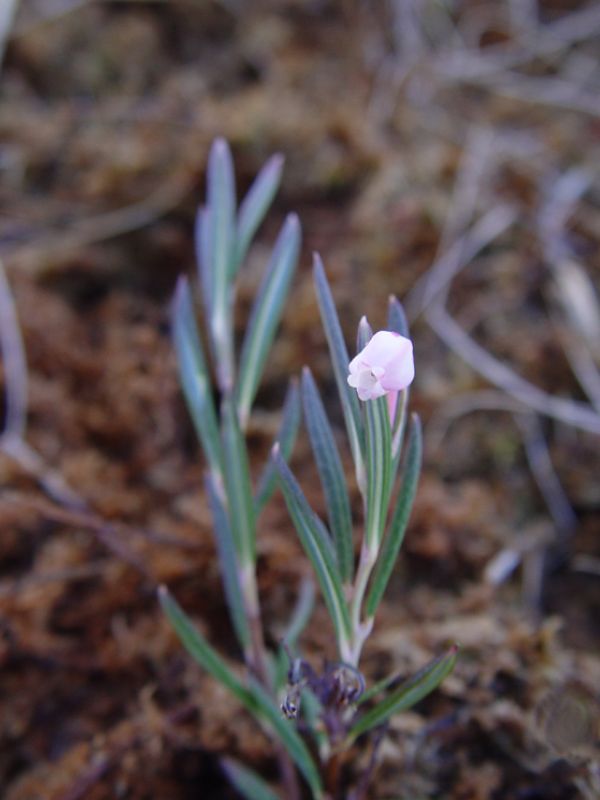
It is a small shrub growing to 10–20 cm (4–8 in) (rarely to 40 cm or 16 in) tall with slender stems. The leaves are evergreen, alternately arranged, lanceolate, 1–5 cm (1⁄2–2 in) long and 2–8 mm (0.08–0.31 in) broad, dark green above (purplish in winter) and white beneath with the leaf margins curled under. The flowers are bell-shaped, white to pink, 5–8 mm (0.20–0.31 in) long; flowering is in late spring to early summer. The fruit is a small capsule containing numerous seeds.
There are two varieties, treated as distinct species by some botanists:
- Andromeda polifolia var. polifolia. Northern Europe and Asia, northwestern North America.
- Andromeda polifolia var. latifolia Aiton [1789]. Northeastern North America (syn. A. glaucophylla Link [1821], A. polifolia var. glaucophylla (Link) DC. [1839]).
Bog rosemary contains grayanotoxin, which when ingested may cause respiratory problems, dizziness, vomiting, or diarrhoea.
II. How to Grow and Care
Sunlight

Wild rosemary likes environments with partial shade and can be planted in places that are partially covered with shades. They can also grow in plentiful sunlight, but they need to be protected from intense sun exposure. It is recommended to shade off 75% of the sunlight in spring to prevent new leaves from becoming sunburnt.
Temperature
Wild rosemary does not like to be too cold or too hot. It is suited to grow in an environment with a temperature of 12 to 25 ℃. When the temperature exceeds 30 ℃ or is lower than 5 ℃, the plants grow slowly and will enter dormancy. When the temperature is lower than 3 ℃, wild rosemary will suffer frost damage. They need a sufficient amount of slightly acidic water. They cannot sustain too much accumulated water.
Watering
Originating from peat bogs and pine forests, wild rosemary is adapted to environments with high humidity and consistent moisture. This species exhibits a preference for damp conditions but can tolerate occasional dry spells. Watering should be spaced out to once every three weeks, aligning with its ability to withstand periods without water. Typically found in outdoor settings, wild rosemary thrives in cooler climates where the soil remains moist yet well-drained, emphasizing its reliance on a delicate water balance.
Soil
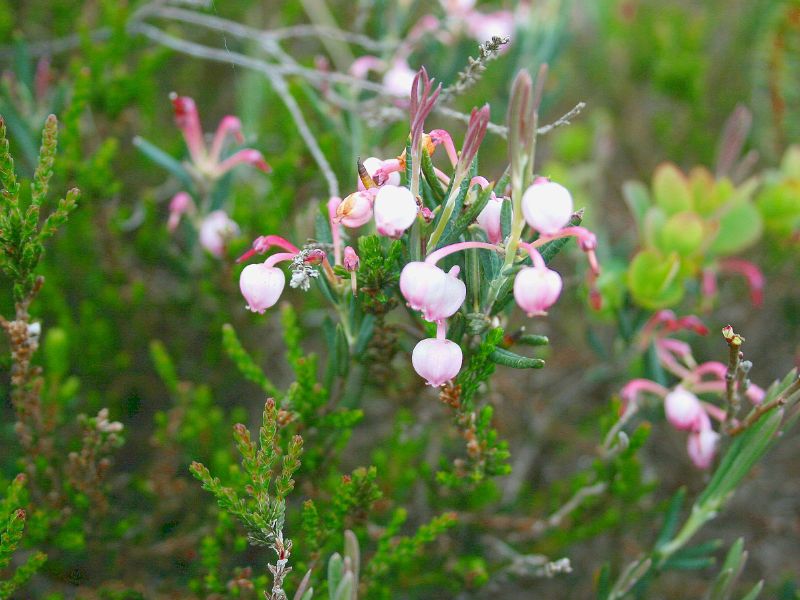
Wild rosemary enjoys rich, loose, and slightly acidic soil. Because the plants do not like too much accumulated water, the soil must be well-drained. Leaf mold, pine needle mulch, peat soil, or fully decomposed groundwood are good choices. These are all acidic culture mediums with strong draining ability. Alkalic or sticky soil cannot be used.
These plants are suited to soil with a pH of 4.5-6. Before planting, it is best to test the pH level of your soil. If it is slightly alkalic, you can moderately add an acidic fertilizer like aluminum sulfate. Mix it with the original soil, and ensure the soil is within the suitable pH range before planting wild rosemary.
Fertilizing
For wild rosemary, use balanced nutrition fertilizers, applied sparingly in early spring and again in late summer to support growth and flowering. Over-fertilization risks root damage; follow the label for quantities. Fertilization promotes vigor and health, adapting to seasonal growth changes. Tips: water the soil before application and use slow-release formulas for consistent nutrient supply. Suitable for all gardening levels, double-check with reputable sources.
Planting Instructions
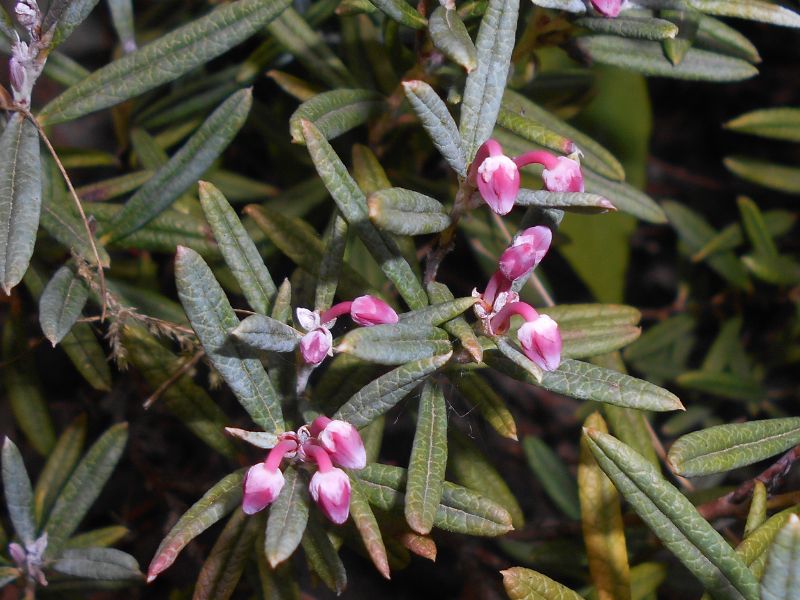
Wild rosemary is suited for planting in spring or fall. As a shrub, it takes a long time for the seeds to grow. Therefore, it is best to purchase seedlings or potted plants. If they are planted in the garden, make sure the distance between plants is 61 cm. Dig a planting pit with a diameter of three times that of the root ball of the wild rosemary. The roots cannot be buried too deeply, and the root crown should be level with the ground. When the planting pit is half-filled with soil, water it once. When filling is completed, water it again.
Pruning
Prune wild rosemary after its flowers wither. Promptly prune old, dry branches or ones with diseases to ensure healthy growth. If there are branches that are too long, with excessive growth or curve, they can be cut off as well to create better shapes.
III. Harvesting and Storage
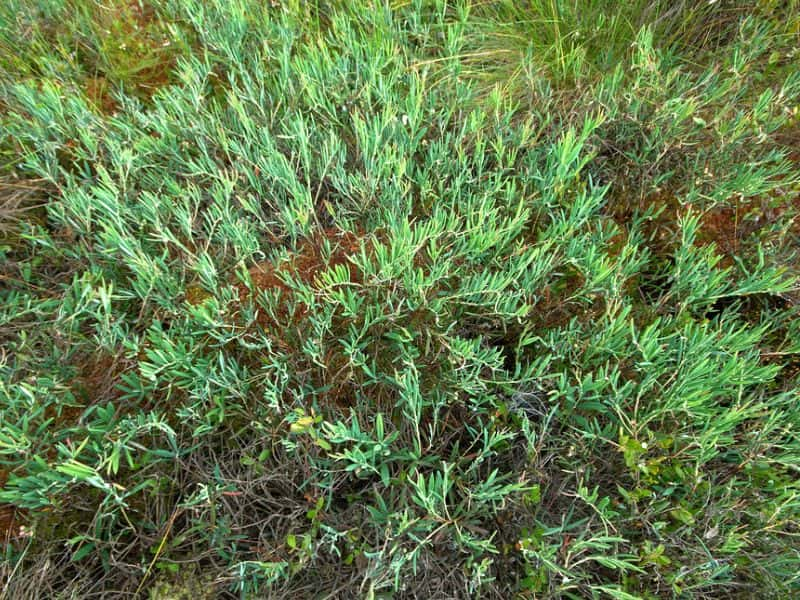
Collect the flowers of wild rosemary for cut flowers, focusing on ones that have not yet fully bloomed. These flowers are both more beautiful and can be enjoyed for a longer period of time. Use a sharp knife to cut the bottom of the branch diagonally; this increases the area where the cut flower can absorb water. To extend bottle life, do not let the flowers receive direct sunlight. Change the water frequently and cut the bottom of the cut flower obliquely when changing water.
Find Where to Buy the Best Bog Rosemary (Andromeda polifolia)

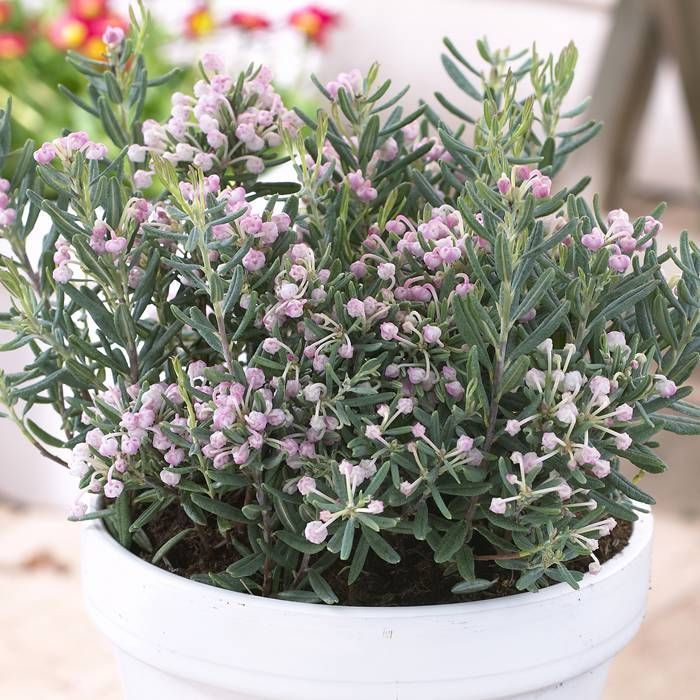

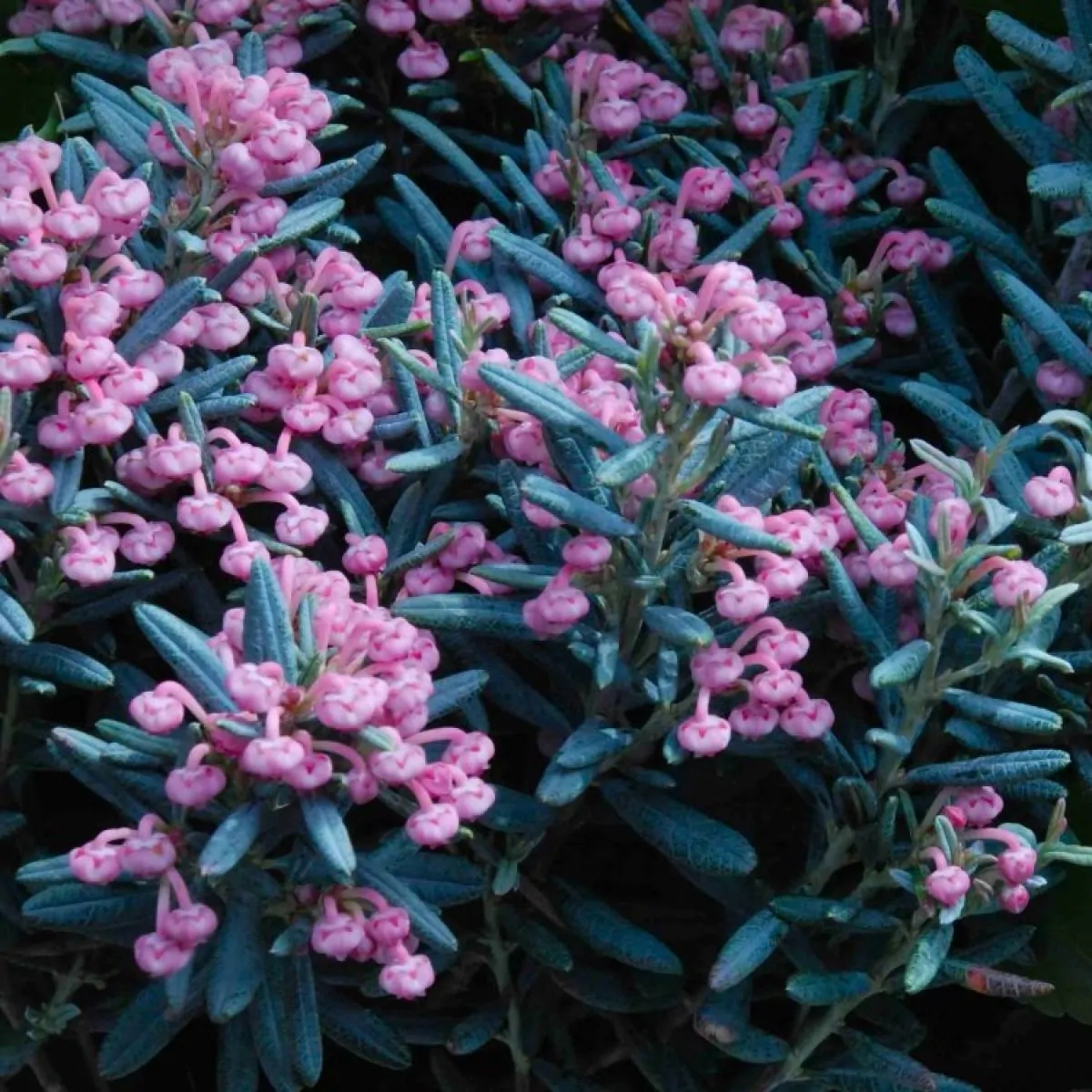



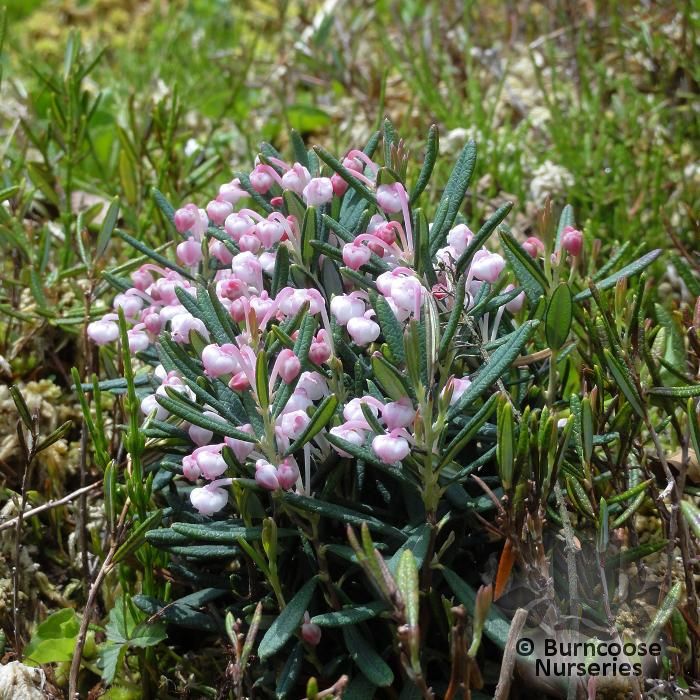

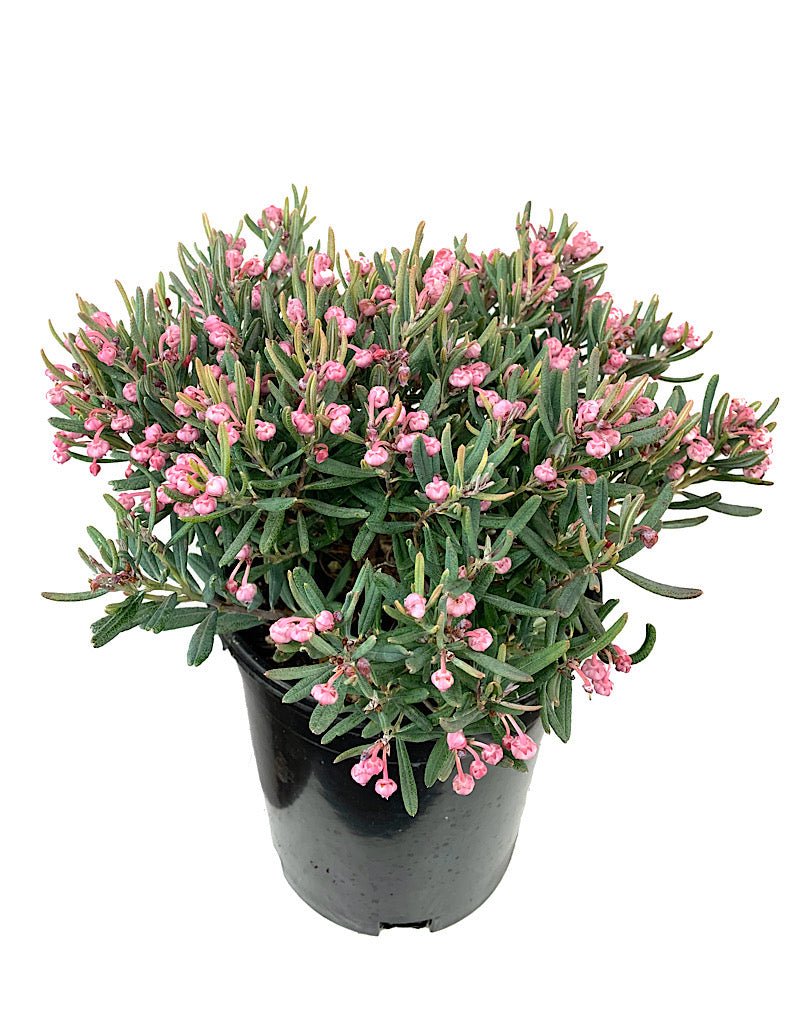

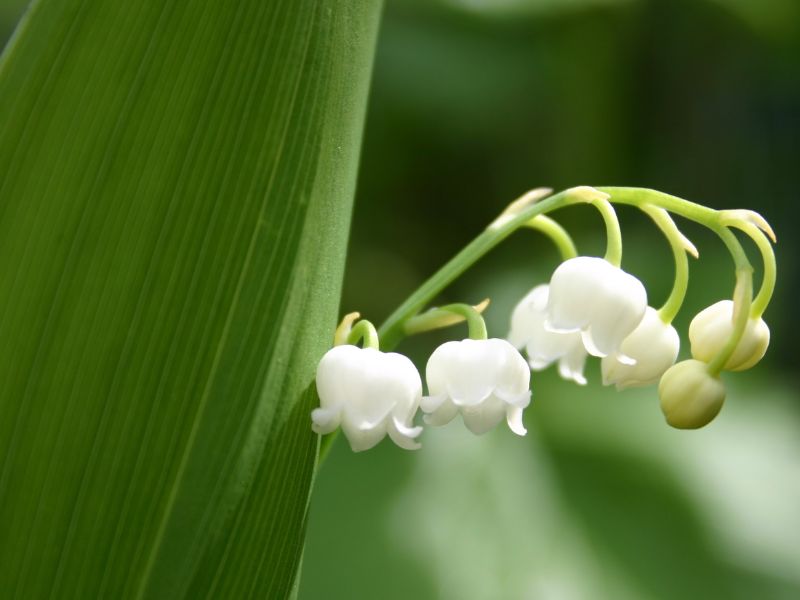
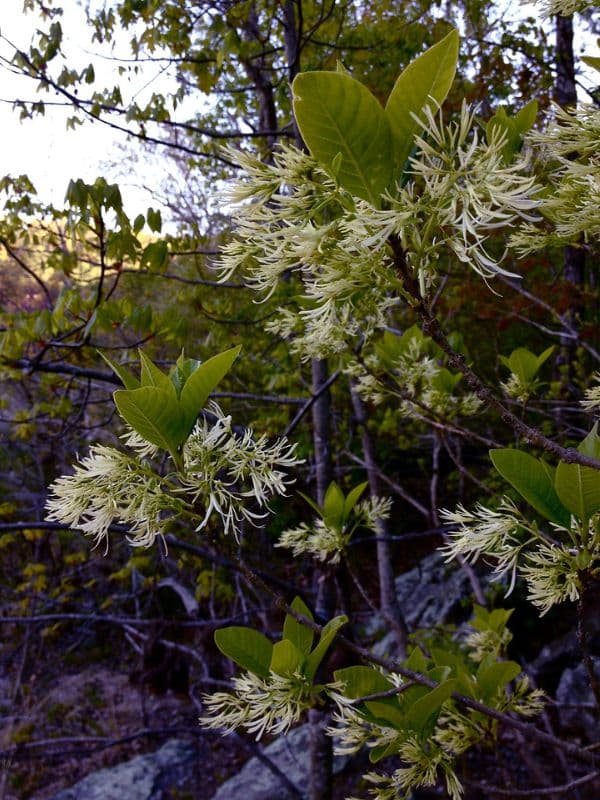
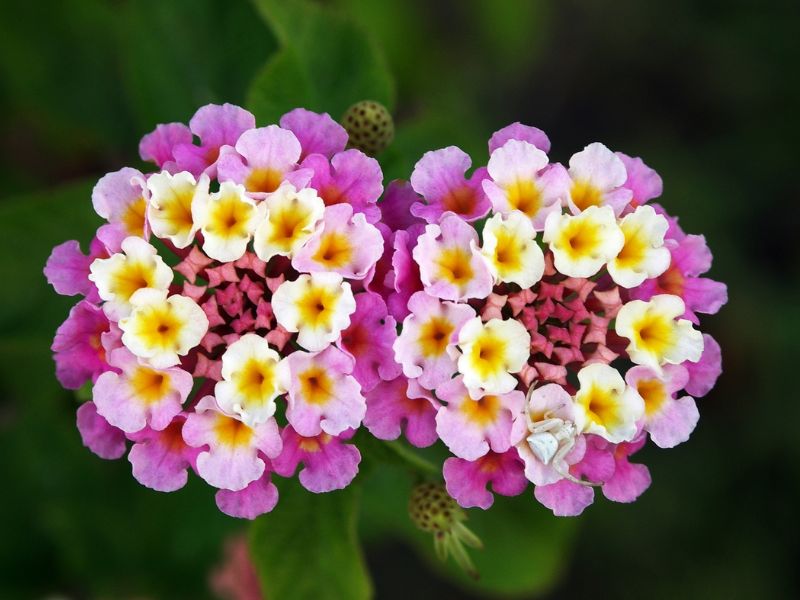
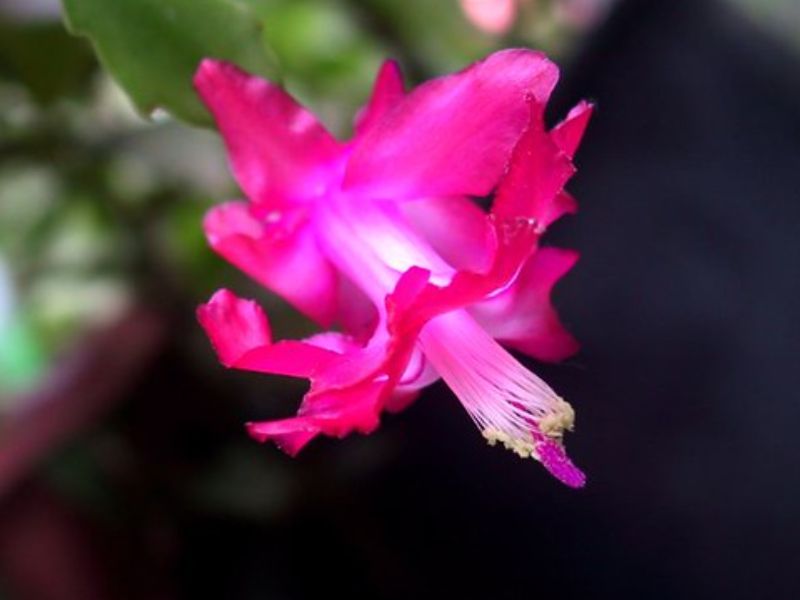
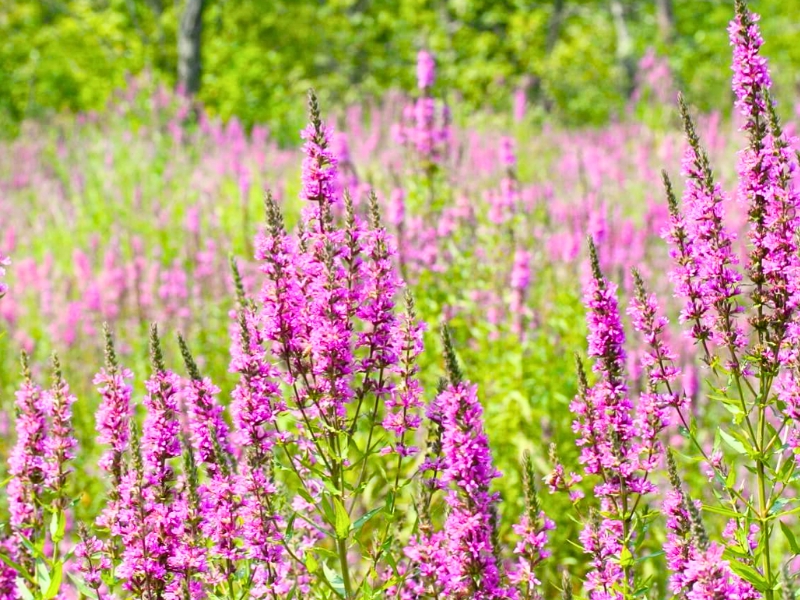
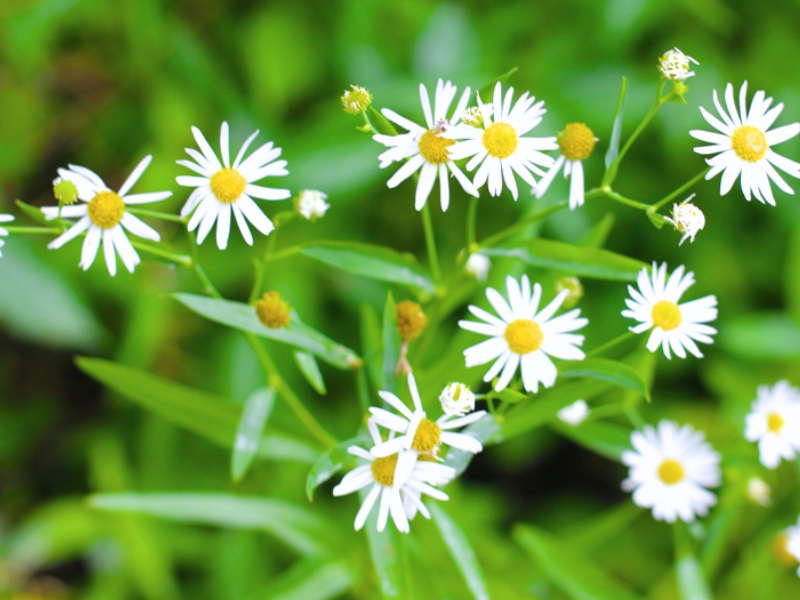
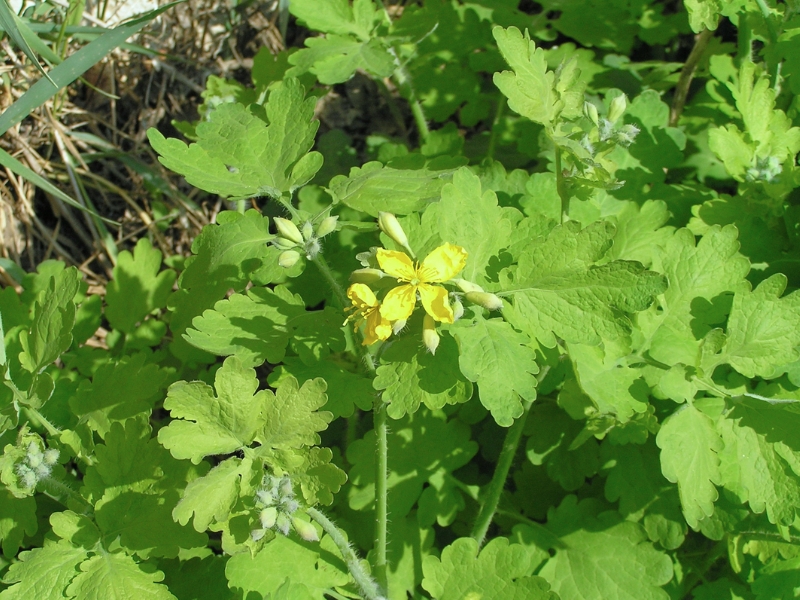
Leave a Reply